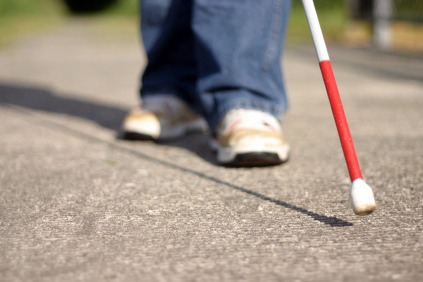A disease, which has no formal treatment as such other than prevention through immunization, measles is most commonly seen in pre-school children, specially in the winter and spring ones. It initially appears like a bad cold that is getting worse. Contact the doctor if your child has a cough, a fever along with a rash. Its symptoms begin appearing only one or two weeks after your child has been infected.
Symptoms
Days 1 and 2: Runny nose, dry cough, red, sore watering eyes, raised temperature that gets steadily higher.

Measles [Illustration by Shiju George]
Day 3: Slight fall in temperature, continuing cough, tiny, white spots like grains of salt, in the mouth.
Days 4 and 5: Rising temperature: it may reach 104 degrees Fahrenheit, dull red rashes appear, first on the forehead and behind the ears, gradually spreading to the rest of the face and trunk.
Days 6 and 7: The rash starts fading in the same manner in which it appeared, leaving behind blackish scars and gradual disappearance of other symptoms.
Day 9: Your child is no longer infectious.Measles by itself is a self-limiting disease unless complicated.
Consult your doctor if your child has:
- High fever for more than two days after the rash begins.
- If the fever goes down for a day or more and then comes back.
- She has an earache.
- Her breathing is noisy or difficult.
- Unusual and increasing drowsiness.
- A headache or stiff neck.
- Convulsions
- Your child is no better three days after the rash develops.
The most common complications are ear infections, bronchitis and pneumonia, that can be treated, unlike measles.
Management
- Check your child’s temperature at least twice a day and every four to six hours when her fever is high on days four and five.
- Try to bring her temperature down with paracetamol and, if necessary by tepid sponging (if the temperature is more than 102 degrees Fahrenheit).
- Make sure that your child has plenty to drink, especially when her temperature is high.
- If your child’s eyes are sore, bathe them with cotton wool dipped in cool water. Although bright light will not harm her eyes, keep her room dark if this makes her more comfortable.
- Give your child a nutritious diet and plenty of fluids.
- You can bathe your child daily.Make sure that your child receives the measles vaccine at nine months of age and the booster (MMR) in between 12 and 18 months; vaccination is the only way to prevent measles.










